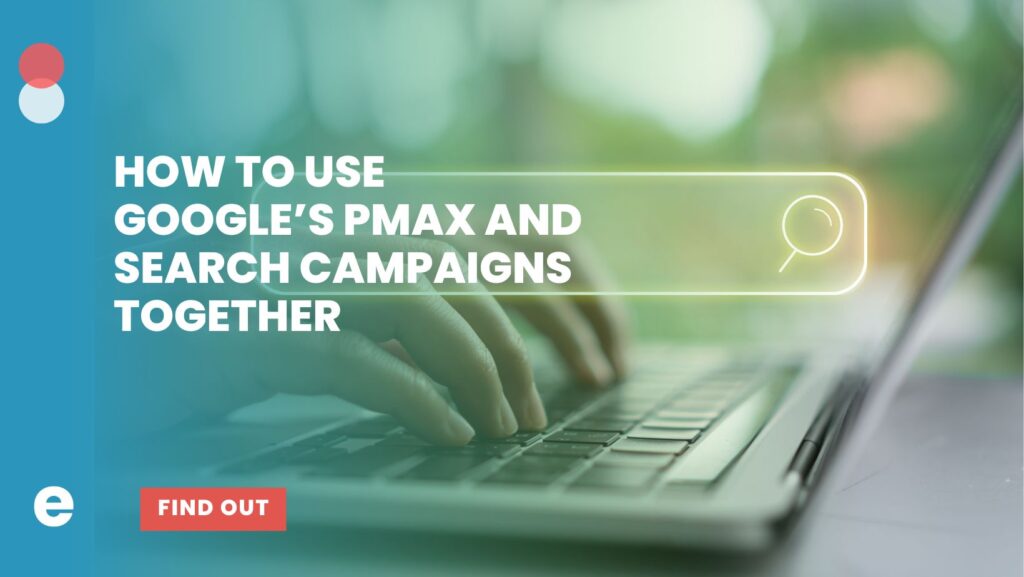Here at Enilon we work with a variety of different types of clients and each has its own set of challenges and opportunities. A mistake many marketers make is assuming that because one strategy works for a client that it will work for all of their other clients. Unfortunately, it’s not that simple and one of the most common mistakes made is not using the correct bidding strategy.
Choosing the right bidding strategy can make all the difference in achieving your marketing goals. So we want to break down the different bidding strategies and provide a guide on how to choose the right one for your business.

Before selecting a bidding strategy, it’s crucial to define your marketing goals. Here are some questions you’ll want to ask yourself:
- What are you trying to achieve with your Google Ads campaigns?
- Are you looking to drive website traffic, generate leads, increase sales, or boost brand awareness?
Knowing your goals will help you choose a bidding strategy that aligns with your objectives.
What are the Different Bidding Strategies on Google Ads?
Let’s go through the different options, what they are and when you might use them –
1. Cost-per-click (CPC)
- You pay each time someone clicks on your ad.
- This option gives you maximum control over the bids for your keywords.
- With Enhanced CPC turned on you set a maximum CPC bid, and Google Ads adjusts your actual bid to ensure you pay the minimum necessary to maintain your ad position.
When to use:
- You want to drive website traffic or increase brand awareness.
- You’re focused on generating leads or sales.
- You want control over your bids and are comfortable with manual bidding.
Example: A fashion e-commerce website wants to drive traffic to their website during a summer sale. They set a CPC bid of $0.50 to ensure they pay no more than $0.50 each time someone clicks on their ad. (*Google can go higher in certain cases like Enhanced CPC, bid adjustments or if search partners is enabled)
Note: This option was traditionally the preferred choice for most seasoned marketers. As technology advances with AI and machine learning advances, more automated bidding options have become more viable (and some would argue Google even incentivizes using these options now). If you are in a niche market or have a very specific and easily managed keyword set you are targeting then this option might still work for you. If you are new to Google ads then one of the more automated bidding options might be a good place to start.
2. Cost-per-thousand impressions (CPM)
- You pay for every 1,000 people who see your ad.
- You set a maximum CPM bid, and Google Ads adjusts your actual bid to ensure you pay the minimum necessary to maintain your ad position.
When to use:
- You want to increase brand awareness or reach a large audience.
- You’re running video ads or display ads.
- You want to pay for ad visibility rather than clicks.
Example: A car manufacturer wants to increase brand awareness and reach a large audience.
3. Target CPA (cost-per-acquisition)
- You set a target cost for each conversion (e.g., lead, sale, sign-up).
- Google Ads automatically adjusts your bids to achieve your target CPA.
When to use:
- You’re focused on generating leads or sales.
- You have a clear understanding of your conversion value.
- You want Google Ads to automatically optimize your bids for maximum conversions.
Example: A software company wants to generate leads and has a target CPA of $50. Google will try to get leads while keeping the CPA at $50 or lower.
Note: This option is best if you have enough conversion data and are running a lead gen campaign. If you are starting a new campaign you may want to start with Maximize Conversions to get more data points for Google to work with first. Also, if you set your target cost too low Google will stop showing your ads because it will determine that can’t be achieved.
4. Target ROAS (return on ad spend)
- You set a target return on ad spend (e.g., 300%).
- Google Ads automatically adjusts your bids to achieve your target ROAS.
When to use:
- You’re focused on generating revenue or sales.
- You have a clear understanding of your conversion value.
- You want Google Ads to automatically optimize your bids for maximum revenue.
Example: An e-commerce website wants to generate sales and has a target ROAS of 300%. They set a target ROAS bid, and Google Ads adjusts their bids to ensure they earn a 300% return on their ad spend.
Note: This is typically the best option for most ecommerce campaigns. The caveat is that this option requires enough conversion data to be effective. We will typically start our e-commerce campaigns on Maximize Conversions or Maximize Conversion Value until we have reached enough data points to switch the bid strategy to Target ROAS. This strategy also will not work well if you set your goal too ambitious. If Google can’t achieve the target you set your ads will just stop showing.
5. Maximize Conversions
- Google Ads automatically adjusts your bids to maximize conversions.
- You set a daily budget, and Google Ads optimizes your bids to achieve the most conversions possible within that budget.
When to use:
- You’re focused on generating leads or sales.
- You have a limited budget and want to maximize conversions.
- You trust Google Ads to automatically optimize your bids for maximum conversions.
Example: A real estate agent wants to generate leads and is creating a new campaign with no conversion data in the account. Google will adjust their bids to get the most leads possible within their budget.
6. Maximize Conversion Value
- Google Ads automatically adjusts your bids to maximize conversion value.
- You set a daily budget, and Google Ads optimizes your bids to achieve the highest conversion value possible within that budget.
When to use:
- You’re focused on generating revenue or sales.
- You have a limited budget and want to maximize conversion value.
- You trust Google Ads to automatically optimize your bids for maximum conversion value.
Example: An ecom company wants to generate sales and wants to target only the biggest spenders. They set a Maximize Conversion Value bid, and Google Ads adjusts their bids to ensure they earn the highest revenue possible within their budget.
Evaluate Your Campaign Performance
Analyze your campaign performance to determine which bidding strategy is working best for you. Look at metrics such as:
- Conversion rate
- Cost per conversion
- Return on ad spend (ROAS)
- Click-through rate (CTR)
Consider Your Business Type and Industry
Different businesses and industries have unique marketing needs. For example:
- E-commerce businesses may benefit from Target ROAS or Maximize Conversion Value.
- Lead generation businesses may benefit from Target CPA or Maximize Conversions.
- Brand awareness campaigns may benefit from CPM or CPC.
Test and Optimize
Don’t be afraid to test different bidding strategies and optimize your campaigns based on performance data. Use Google Ads’ Draft & Experiments feature to A/B test your bidding strategies and determine which one performs best.
Monitor and Adjust
Regularly monitor your campaign performance and adjust your bidding strategy as needed. Keep an eye on changes in your marketing goals, target audience, and industry trends, and adjust your bidding strategy accordingly.
Want Help?
This is just one of many strategy decisions you’ll need to make for your Google Ads campaigns. Sometimes it can be overwhelming and getting help from someone else can be worth saving time and knowing it is done correctly. If you feel like you could use more help please reach out to us here at Enilon. We’d love to chat and see how we can help.



